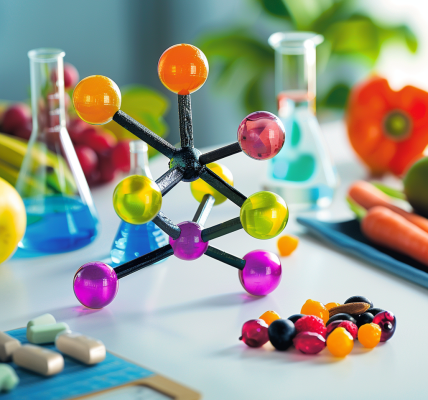As the colder months approach, many individuals seek comfort in the familiar embrace of hot water bottles. While these simple devices offer an effective and economical way to combat the chill, they also come with significant risks that can lead to serious injuries.
Recent statistics from the UK reveal a concerning trend: between 2014 and 2023, there were a staggering 5,944 reported burn injuries linked to hot water bottles. These incidents underscore the potential dangers associated with their use. For instance, in 2022, a woman named Sharon Portingale suffered third-degree burns after bringing her hot water bottle to bed. Similarly, in 2021, Helen Powell experienced severe scalding when her hot water bottle burst while she was using it to alleviate back pain.
However, burns and scalds are not the only injuries associated with hot water bottles. A lesser-known but equally concerning condition is known as toasted skin syndrome, or erythema ab igne. This condition manifests as a distinctive red fishnet pattern on the skin, resulting from prolonged exposure to heat sources, including hot water bottles, heating pads, and even laptops. The skin’s small blood vessels dilate in response to the heat, leading to this characteristic discoloration.
In most cases, toasted skin syndrome resolves itself once the heat source is removed. However, continuous and excessive exposure to heat can lead to more severe skin changes. Over time, the affected skin may become thinner and develop hyperpigmentation, where certain patches appear darker than others. This hyperpigmentation occurs due to damage to the skin’s elastic fibers and the release of melanin from skin cells, and in some cases, the damage can be permanent.
Compounding the issue, delayed diagnosis of toasted skin syndrome, coupled with ongoing exposure to heat, can increase the risk of developing skin cancers, including basal cell carcinoma, neuroendocrine carcinoma, and low-grade lymphoma. Certain individuals may be more vulnerable to these heat-related injuries. For example, those with sickle cell disease or chronic pain conditions are at a heightened risk for both erythema ab igne and significant burn injuries.
Furthermore, individuals with diabetes who experience circulatory complications may struggle with temperature regulation. As a result, they may frequently rely on heating aids to stay warm. However, due to compromised sensation in their extremities, they may not notice when their skin is overheating, leading to an increased risk of burns.
It is crucial to emphasize that hot water bottles should never be used to warm infants or to pre-heat their sleeping areas. Newborns possess brown fat, which helps them maintain their body temperature and protects against hypothermia. At birth, this brown fat constitutes about 5% of a baby’s body weight and is strategically located around vital organs to generate heat.
So, what are some alternative methods to stay warm without resorting to hot water bottles? One effective option is to use weighted blankets. These blankets help trap warm air and prevent it from escaping each time you move under them. Additionally, when sitting down, elevating your feet can help minimize contact with the cold floor, which is often the coldest part of the room.
Instead of relying on a single thick coat or jumper, layering clothing is a more effective strategy for retaining warmth. By trapping air between layers, you can create an insulating effect that keeps you warmer during the chilly months.
In summary, while hot water bottles provide a comforting source of heat during the winter, it is essential to be aware of the potential risks associated with their use. By exploring alternative methods for staying warm and understanding the dangers of prolonged heat exposure, individuals can enjoy the winter season with greater safety and comfort.





